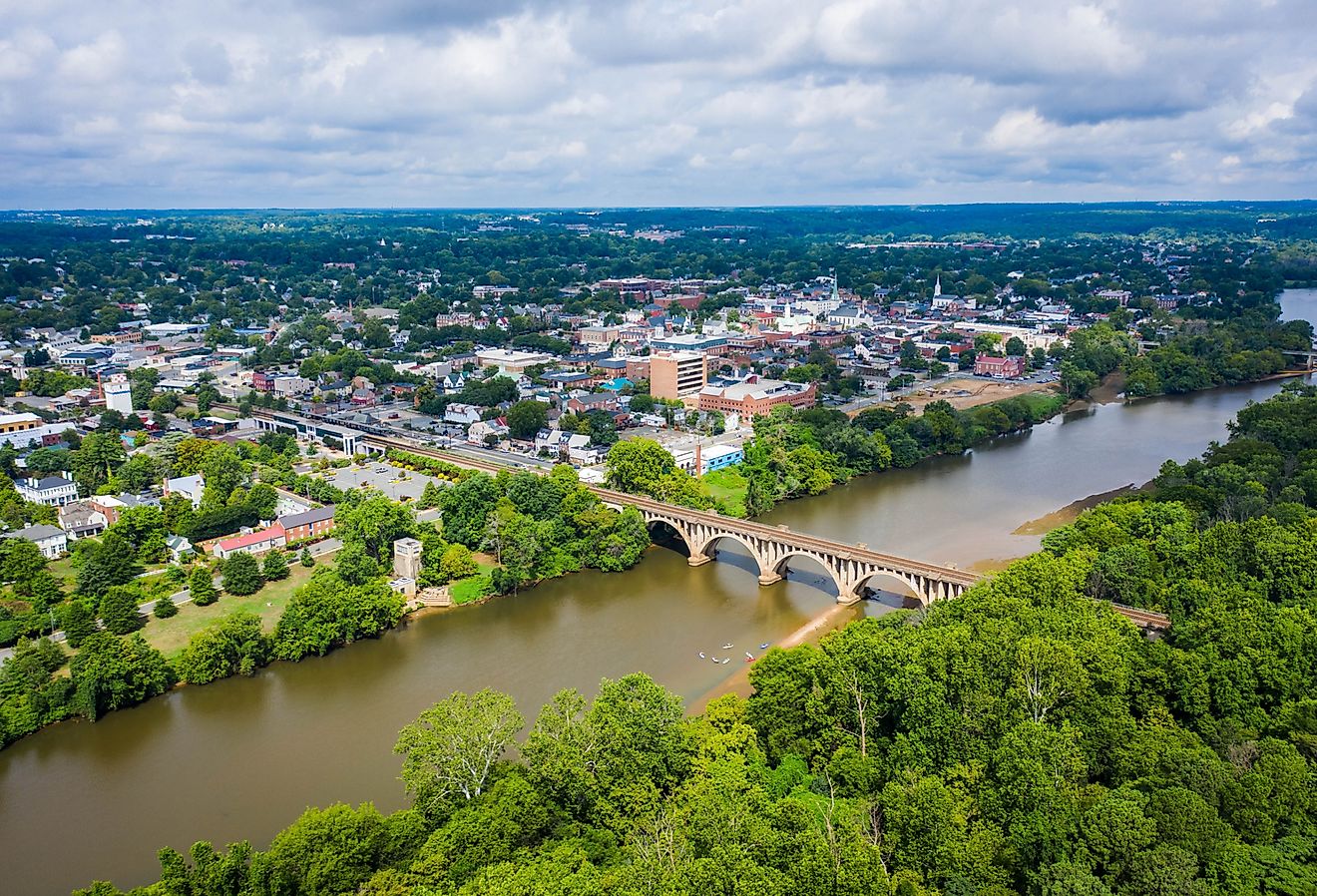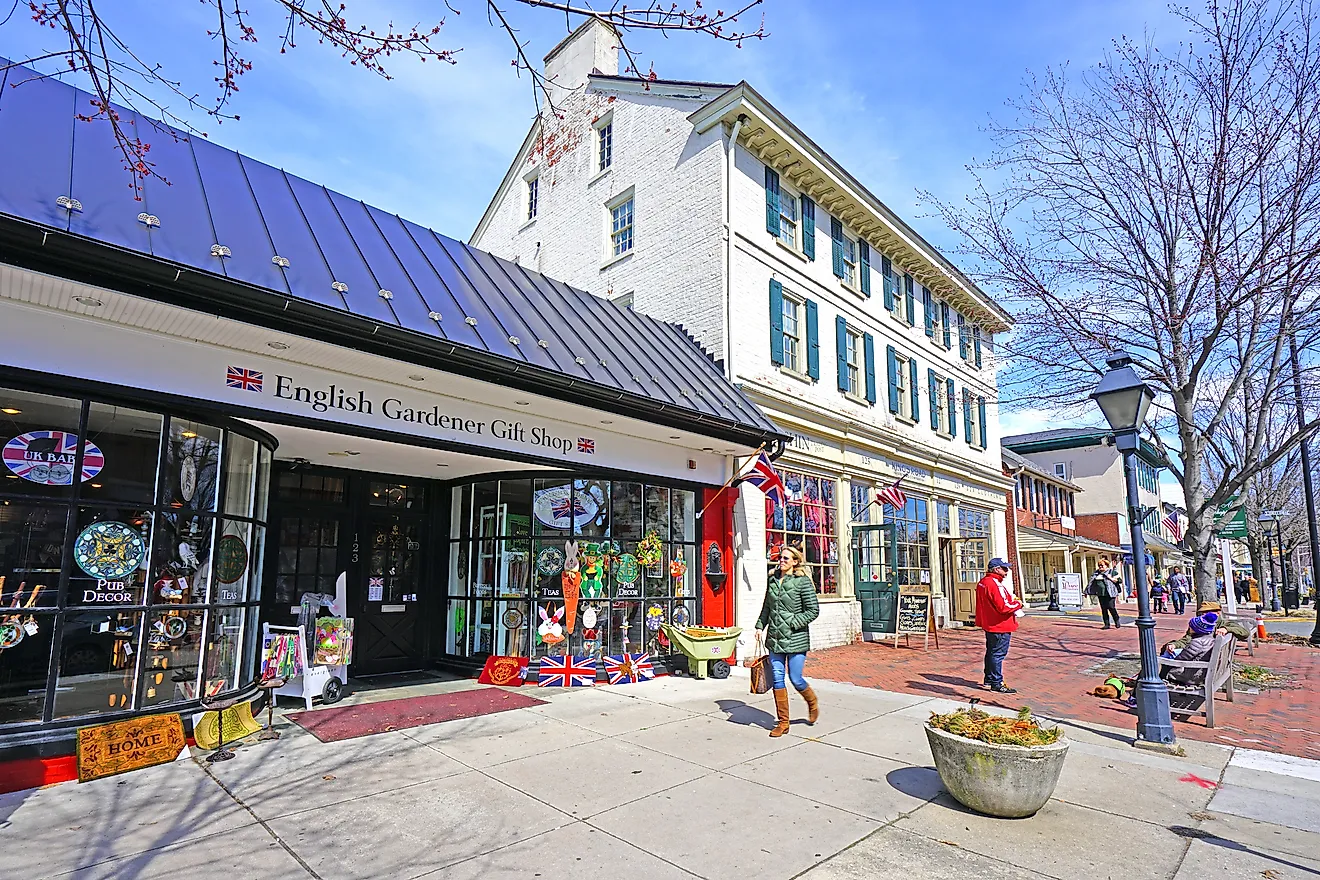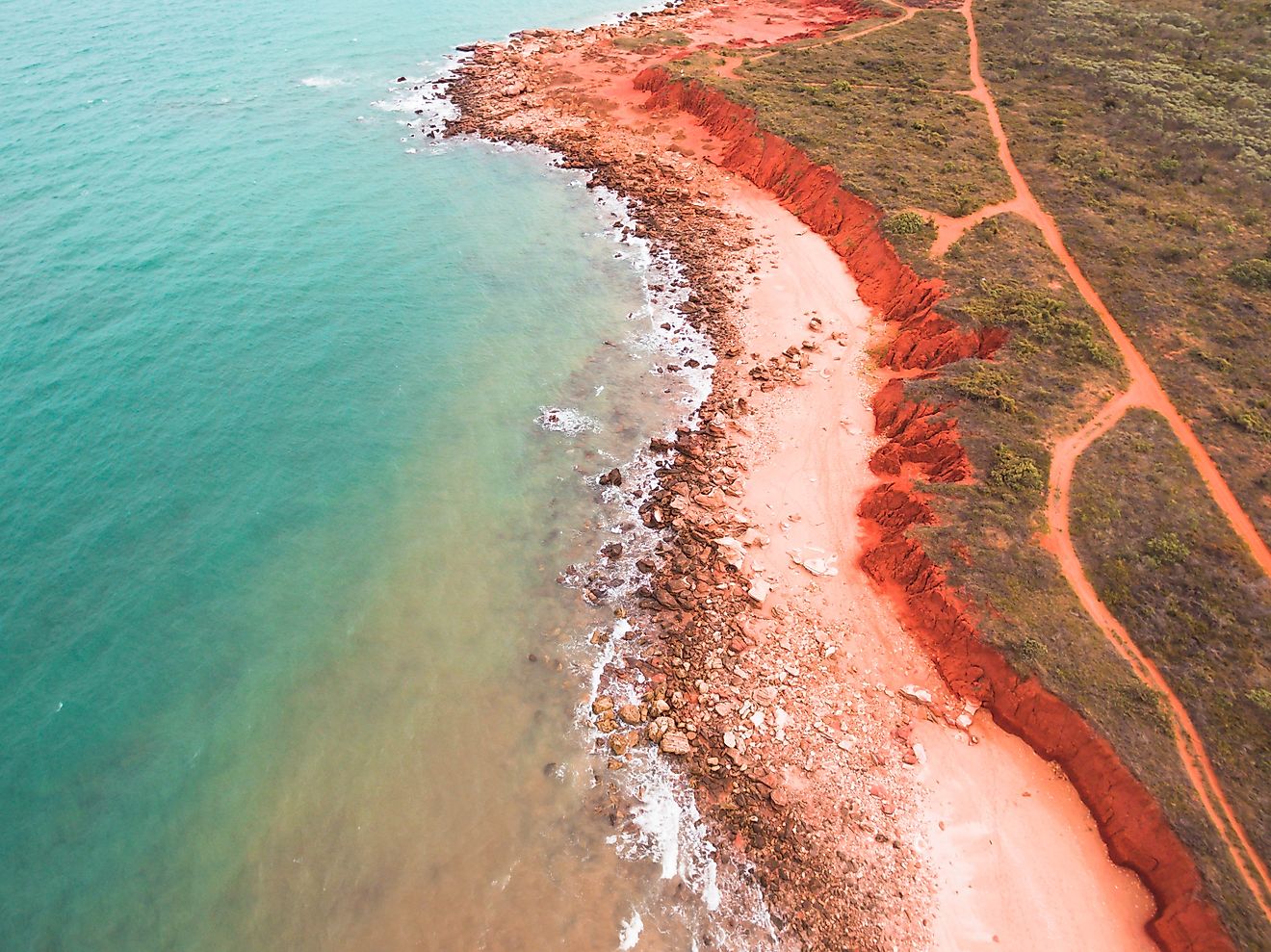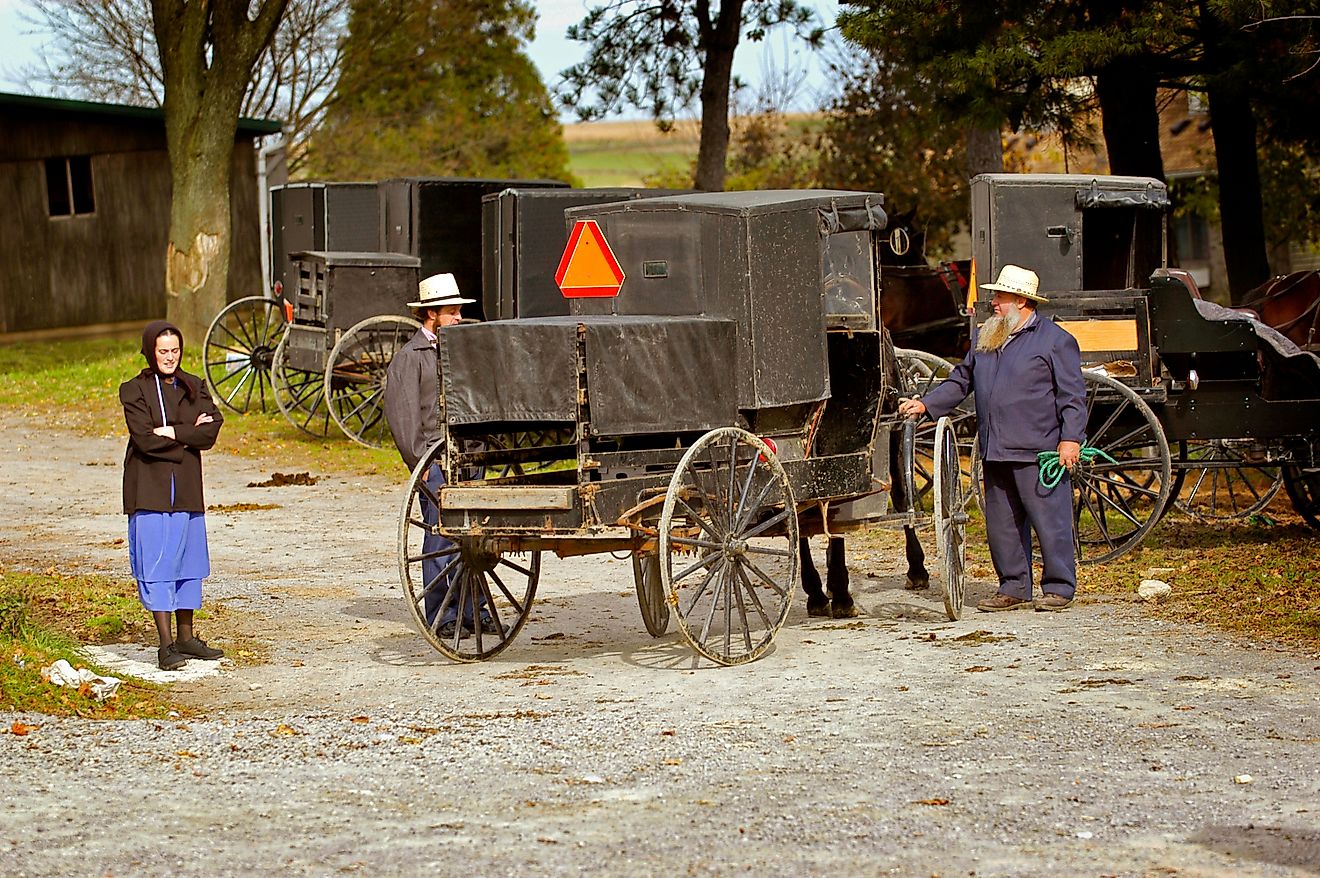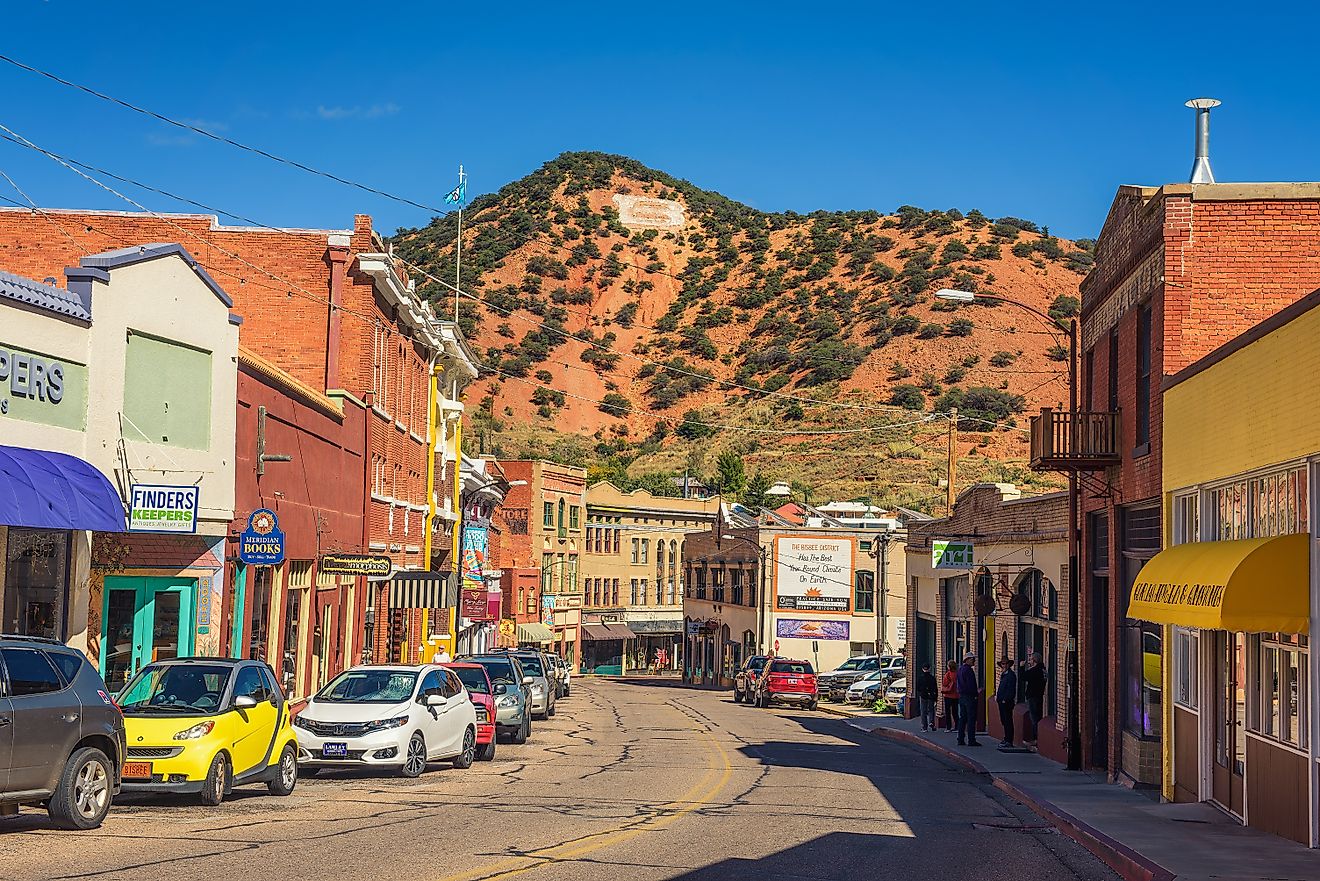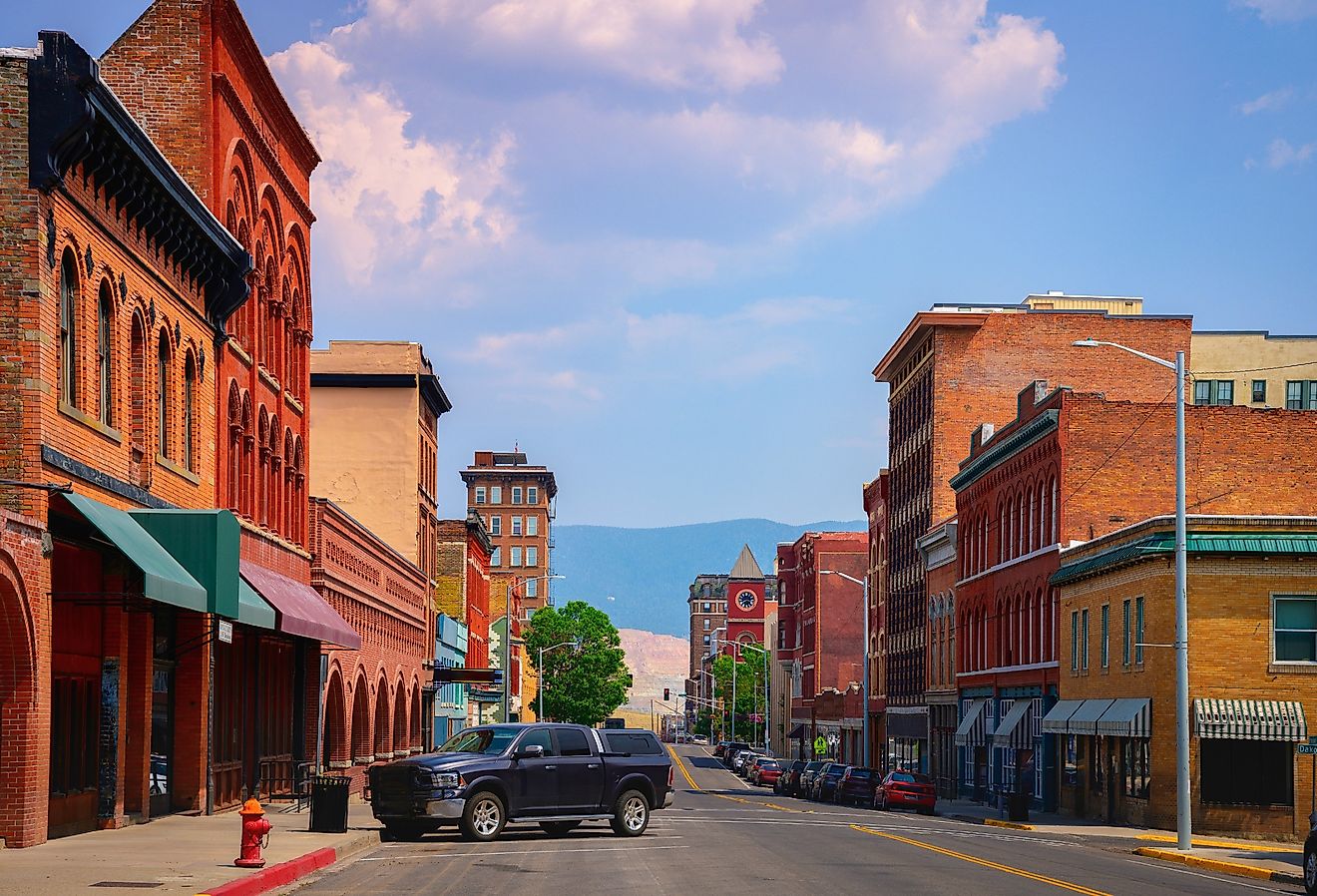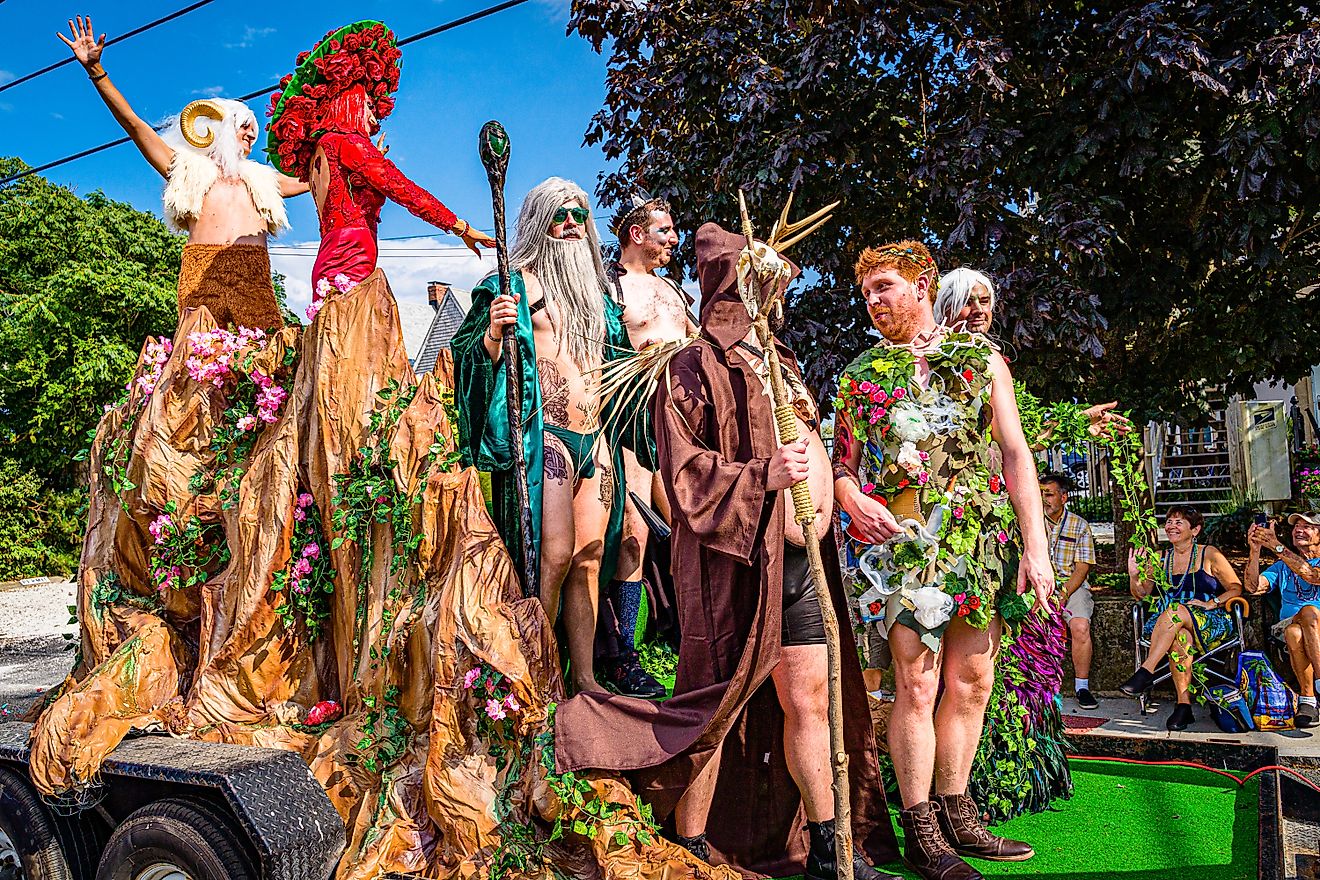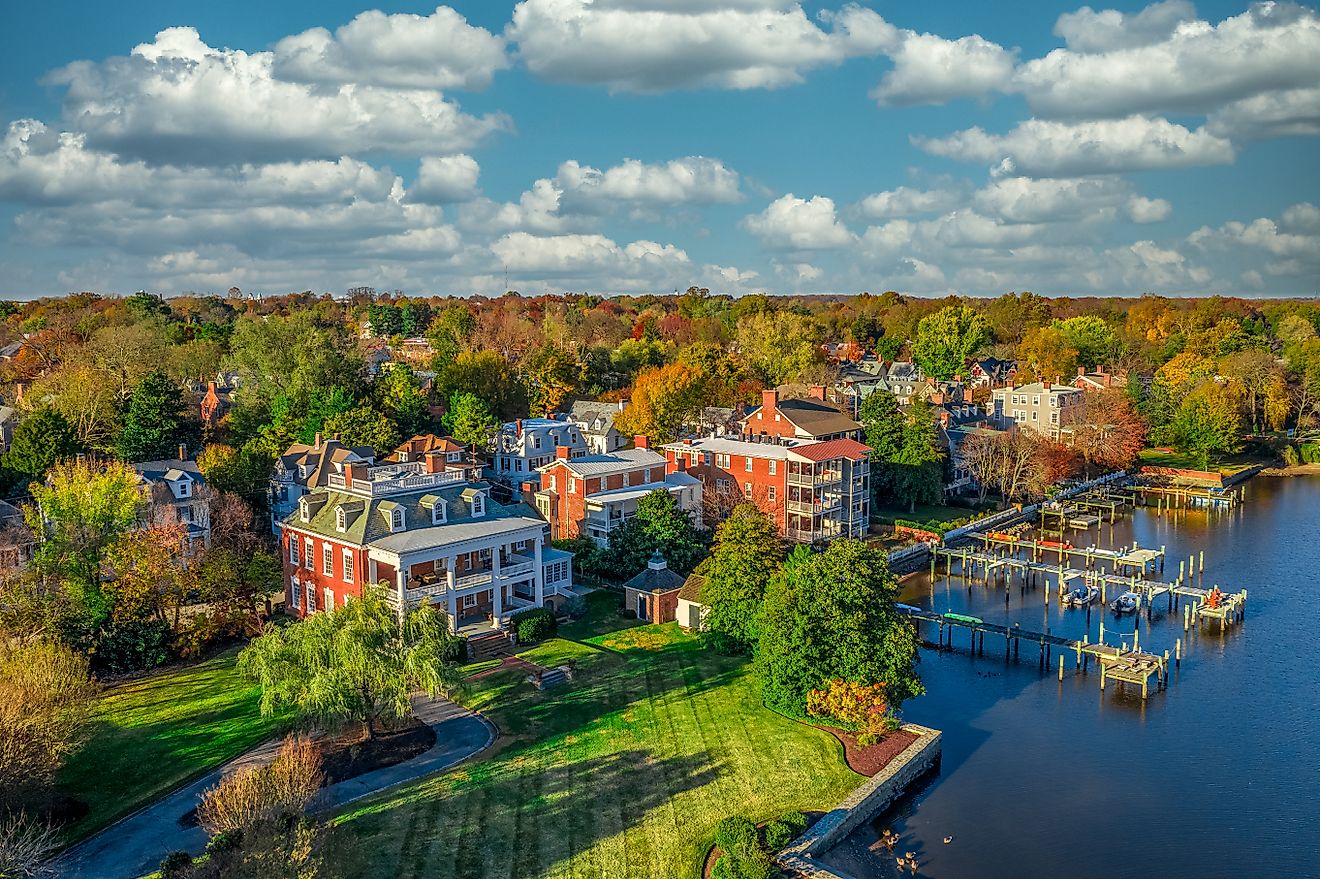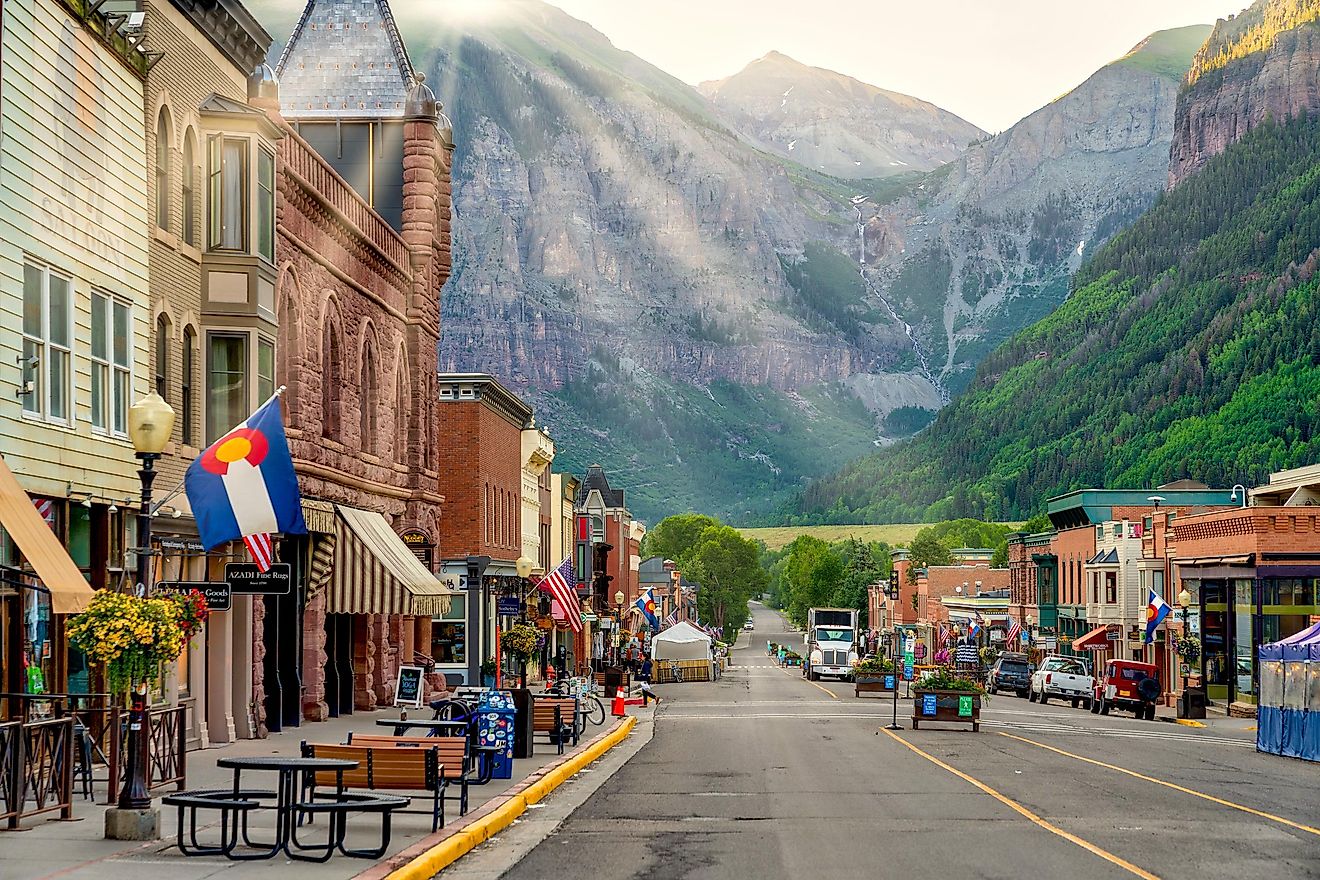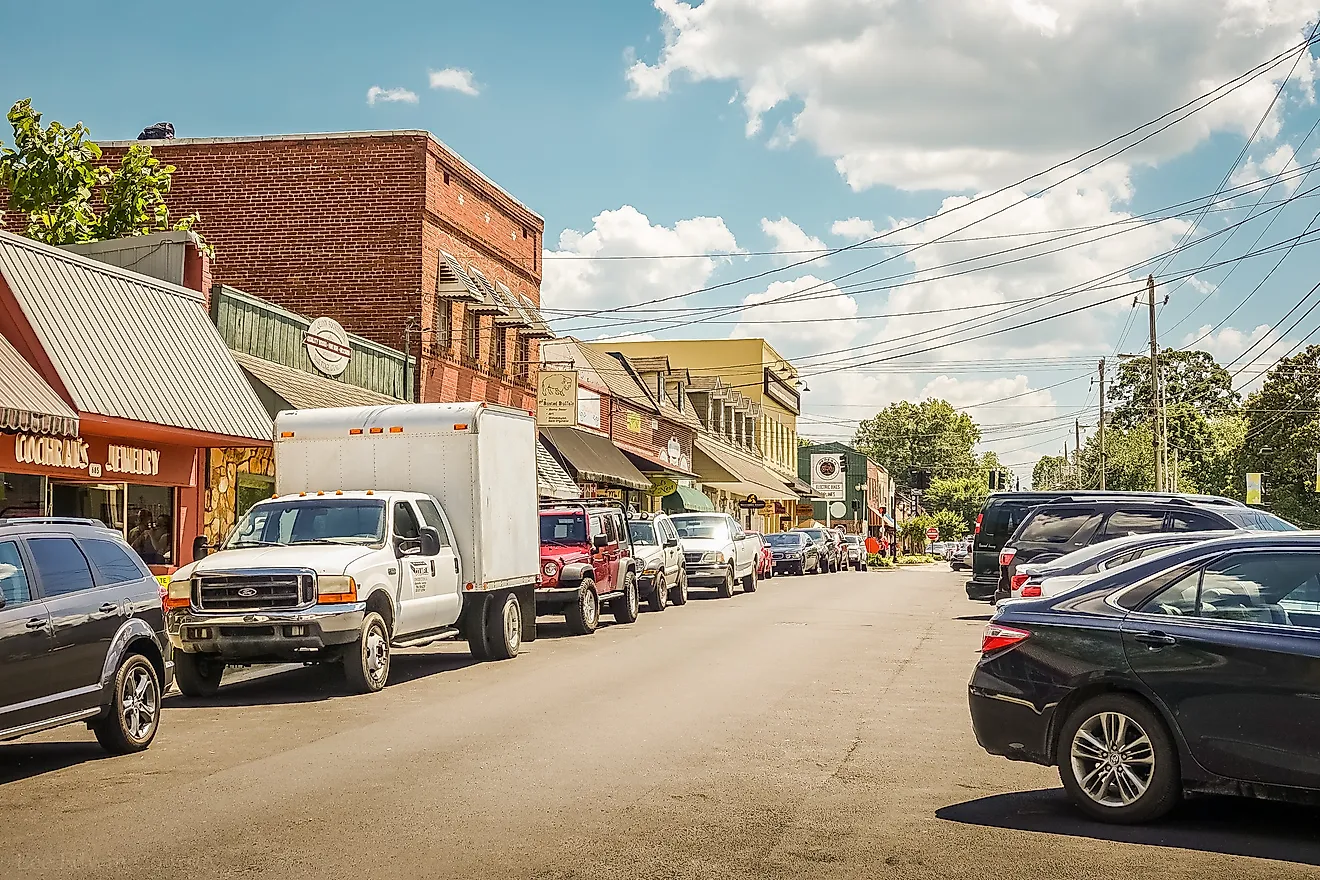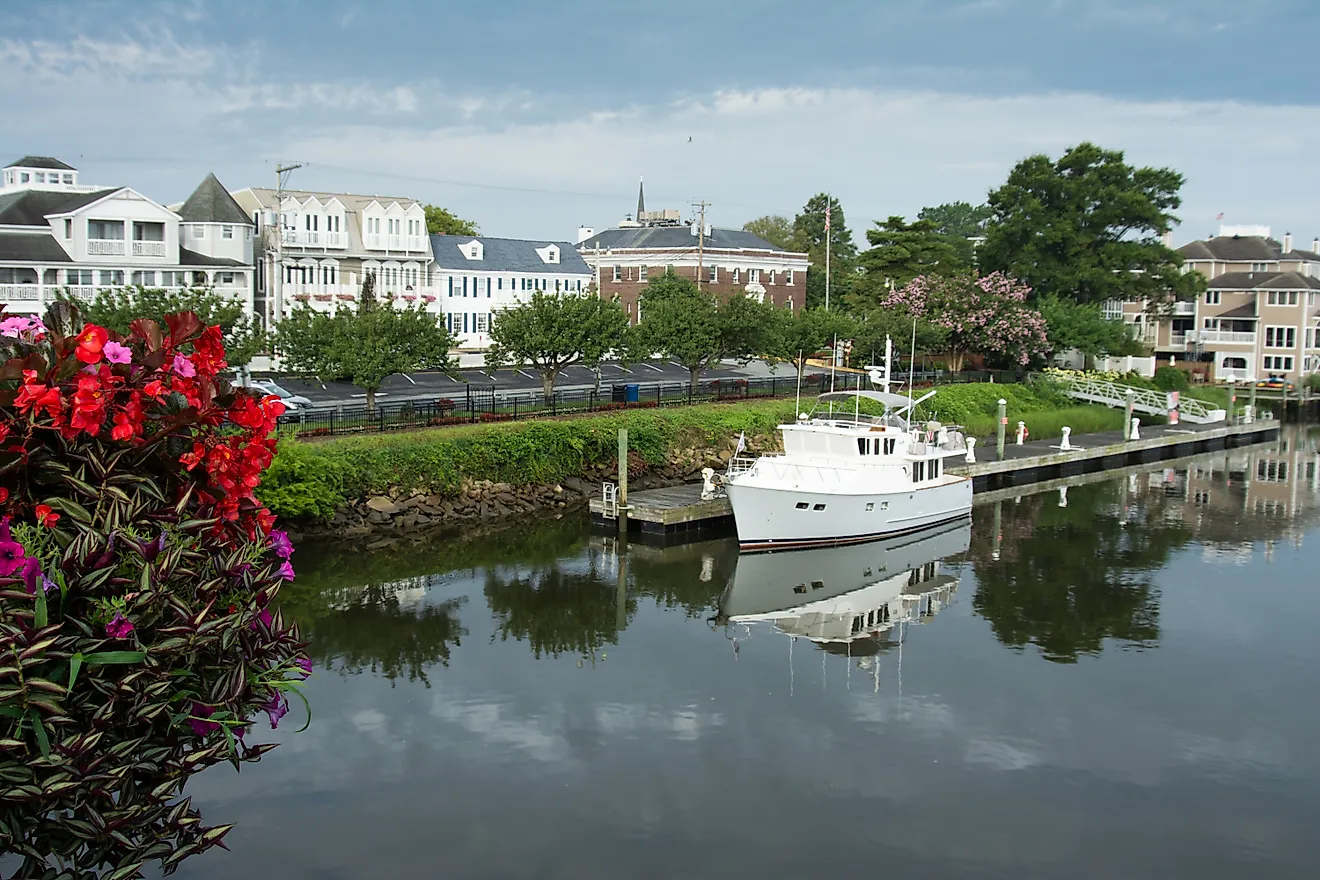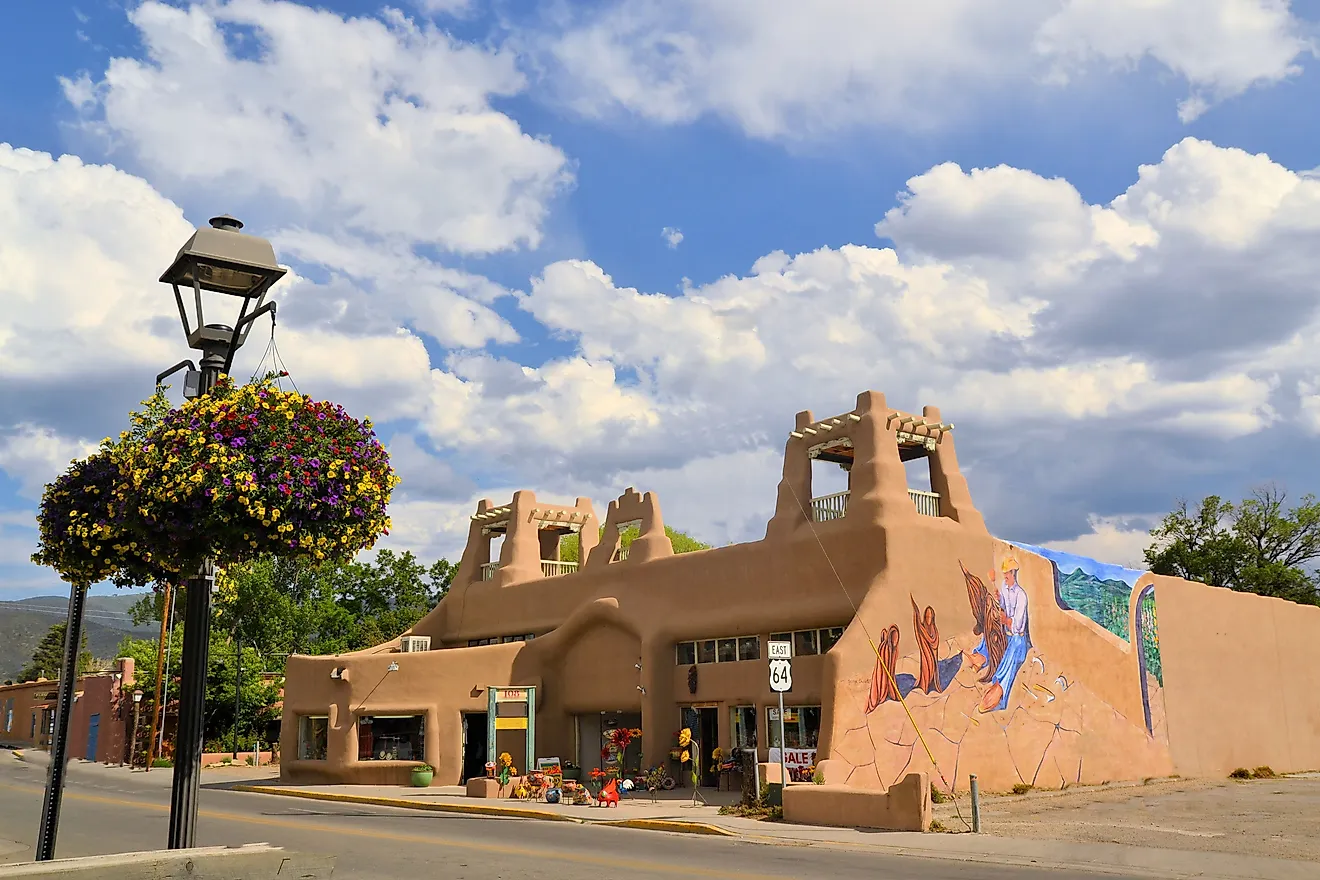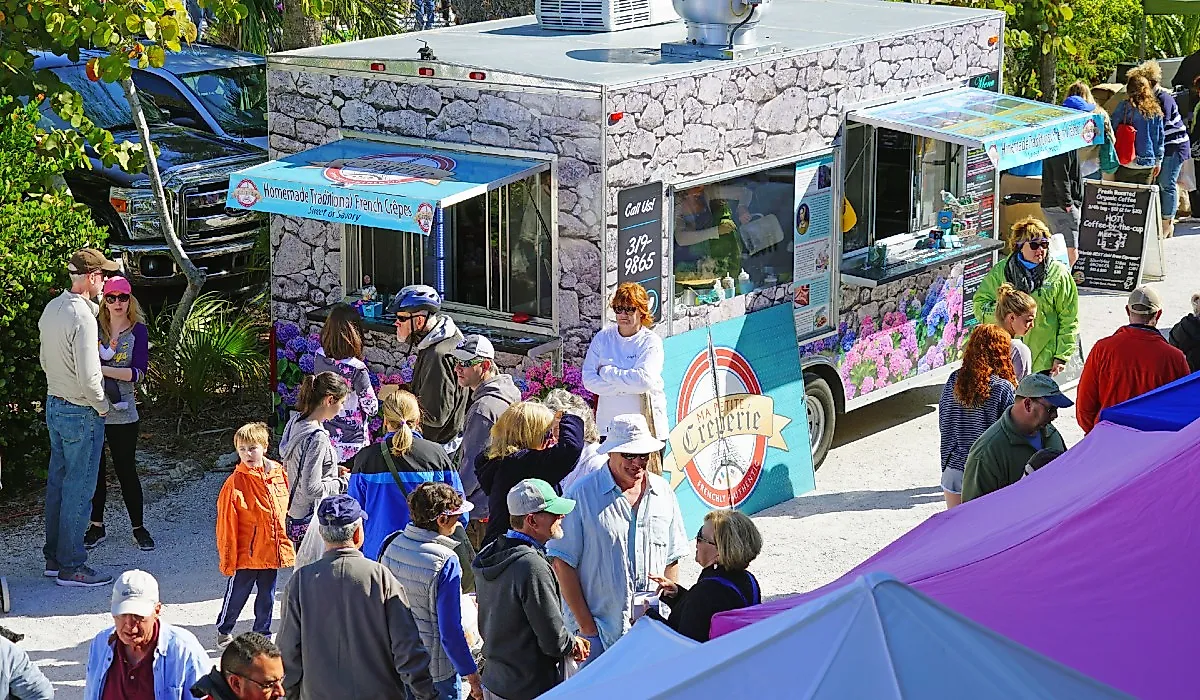
9 Safest Small Communities To Settle In Florida
Florida’s safest small communities are islands, canal towns, and carefully planned cities where geography and civic design do most of the work. This list focuses on places that keep violent crime rates low.
From Marco Island’s cul-de-sac canals to Sanibel’s building-height cap, each town shows how policy and layout translate into safety. Together, these nine places demonstrate that in Florida, security often begins with the map.
Marco Island
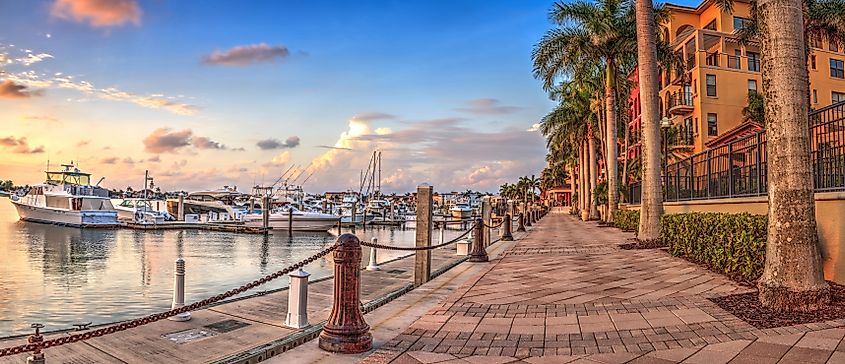
Marco Island is the only developed island in Florida’s Ten Thousand Islands chain, and its geography sets the tone: insulated, low-key, and surrounded by protected wilderness. Tucked between the Gulf of Mexico and Everglades wetlands, the city has just over 15,000 residents and one of the lowest violent crime rates in the state over the past five years. A singular feature of the island is its balance between residential calm and access to nature, most streets end in cul-de-sacs or canals, and nearly half the land is conservation or park space. The city’s design, paired with a steady, low-crime track record confirmed by local police data, has made it one of the most quietly secure small communities in Florida.
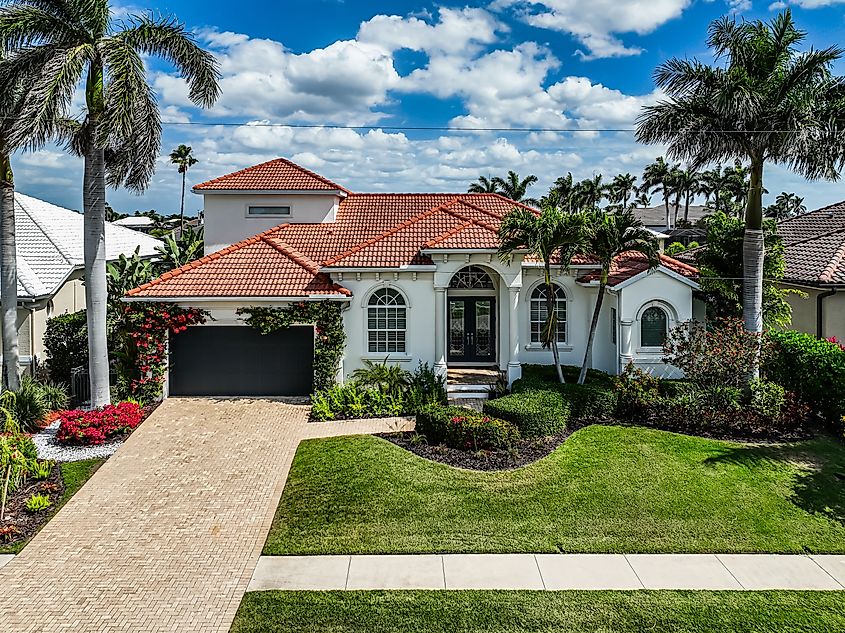
Tigertail Beach Park, known for its shallow tidal lagoon and shorebird nesting grounds, is the island’s standout public space. At the Marco Island Historical Museum, visitors get an in-depth look at the Calusa people, who built shell mounds in the area over a thousand years ago. Doreen’s Cup of Joe, located off Collier Boulevard, serves dense blueberry pancakes and strong coffee in a no-frills dining room. For local seafood, Snook Inn offers waterside seating on the Marco River and is popular with both residents and boaters.
Sanibel
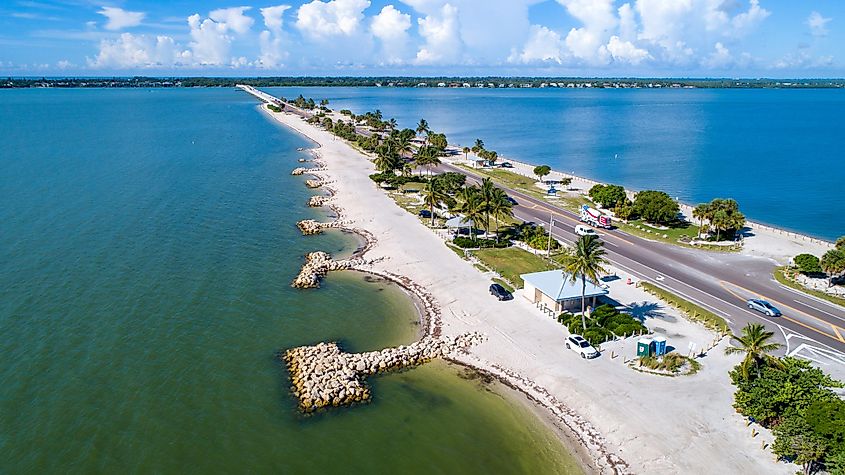
Sanibel is one of the few barrier islands in Florida where no building stands taller than the tallest palm tree. Its zoning laws, first enacted in the 1970s, intentionally limited development and prevented high-rise construction. As a result, the island has kept its population under 7,000 and its crime rates consistently below state and national levels. According to long-term FBI and FDLE data, violent crime here is rare, and aggravated assault and homicide remain statistically insignificant. The absence of through-traffic, Sanibel has no major highways and one causeway access point, contributes to its physical and social insulation.
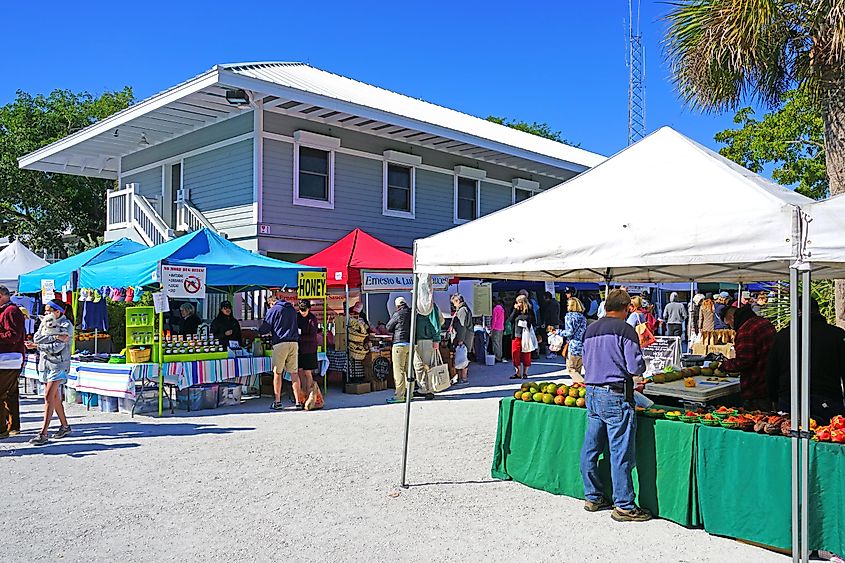
The J.N. “Ding” Darling National Wildlife Refuge, a 6,400-acre mangrove estuary, offers a controlled-access wildlife drive and trails where sightings of roseate spoonbills and bobcats are not uncommon. Lighthouse Beach Park, located at the island’s eastern tip, includes a working 1884 lighthouse and boardwalk trails through marshland. Sanibel Bean, a small café near Periwinkle Way, is known for its iced Cuban coffee and egg wraps, often packed by locals biking the island's 25-mile shared path system. The Bailey-Matthews National Shell Museum, with a fully functional aquaria wing, anchors the island’s reputation as one of the best shell-collecting destinations in the world.
Venice
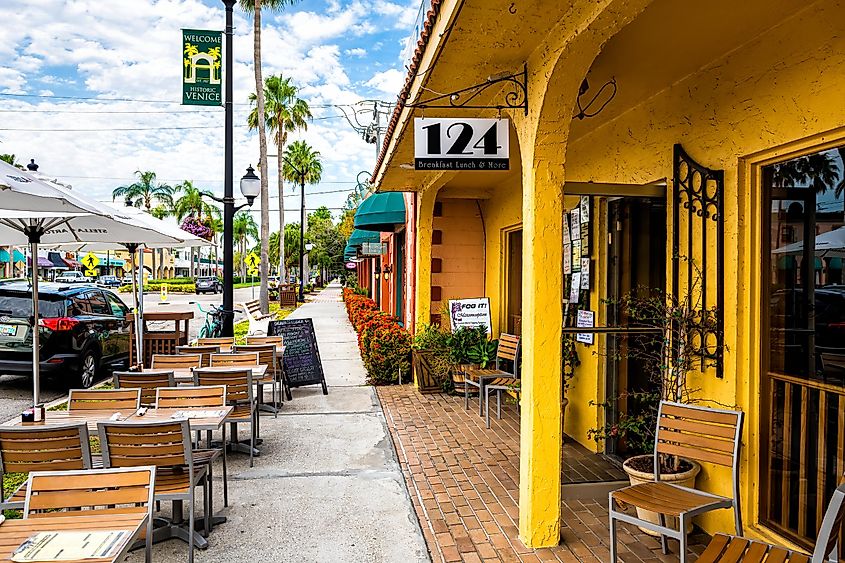
Venice is one of the only cities in the United States deliberately designed in the style of Renaissance-era Italy. The layout was planned in the 1920s by John Nolen, a city planner who integrated Mediterranean architecture with broad boulevards and public green space. Located in Sarasota County, Venice has a population under 30,000 and reports violent crime rates consistently below state and national averages, particularly in the aggravated assault and homicide categories. It also benefits from having its own municipal police department with full coverage and a stable patrol-to-resident ratio.
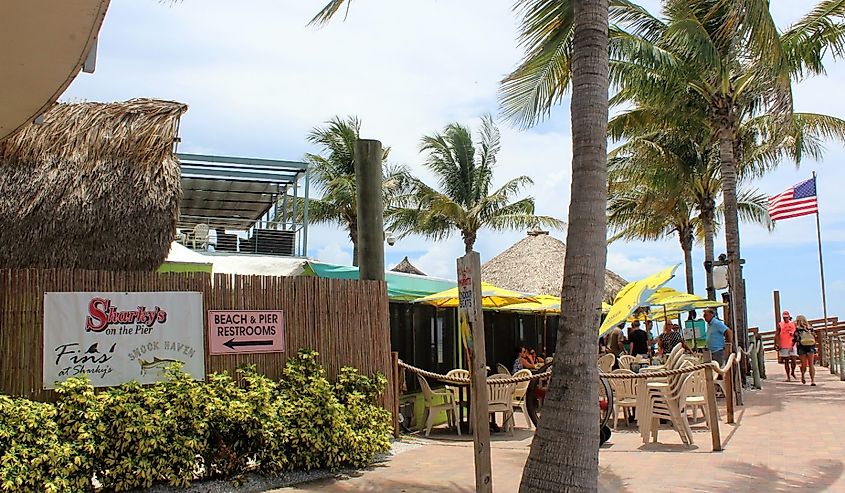
The Venice Fishing Pier extends over 700 feet into the Gulf and draws both anglers and sunset watchers; nearby Sharky’s on the Pier is the only restaurant on the west coast of Florida. Caspersen Beach, located just south of the pier, is recognized for fossilized shark tooth hunting, a niche activity that has become part of the town’s identity. The Venice Museum & Archives, located in the historic Triangle Inn, documents the city’s development and includes original survey maps from the 1920s. Croissant & Company, on West Venice Avenue, serves almond croissants and cappuccino in a storefront just steps from the landscaped arcade that defines the walkable downtown core.
Punta Gorda
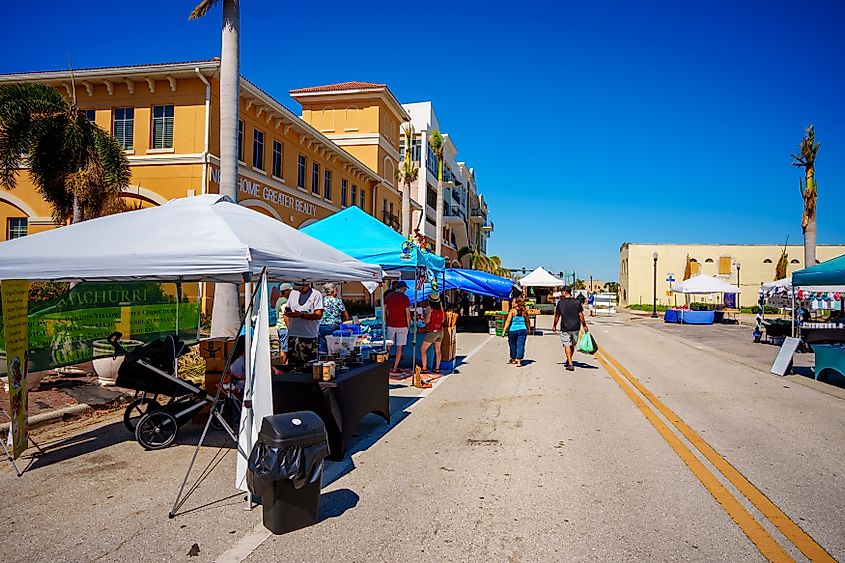
Punta Gorda is one of the few cities in Florida where nearly the entire downtown is designated as a historic district, and where most waterfront property is built around man-made canals engineered for sailboats. With a population under 20,000, it operates its own police department and maintains consistently low violent crime rates, with aggravated assault and homicide figures tracking well below state and national levels over the last five years. The city was leveled by Hurricane Charley in 2004, but rebuilt with updated infrastructure, storm-hardened buildings, and tightly enforced zoning, changes that coincided with an even more stable civic footprint.
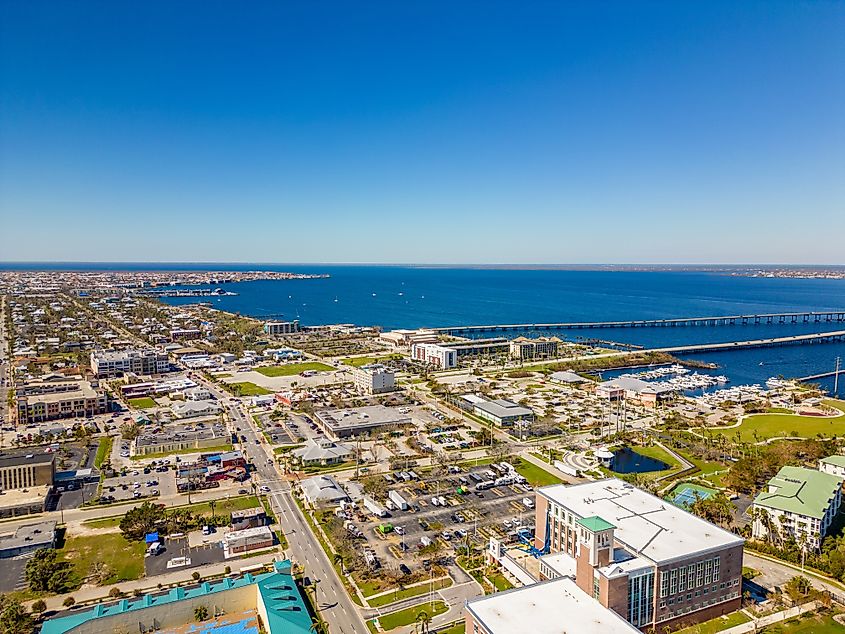
Fishermen’s Village, located on Charlotte Harbor, is a mixed-use boardwalk with marina slips and local retail. Laishley Crab House, located in Laishley Park Municipal Marina, serves fresh crab claws for as long as they're in season. The Punta Gorda History Park houses four relocated historic homes, including the 1901 Cigar Cottage, preserved on landscaped grounds open to the public. Ponce de Leon Park sits on the harbor’s edge and includes a small mangrove boardwalk (currently closed) and access to the Peace River Wildlife Center, which rehabilitates native birds. For coffee and quiet seating, Downtown Kava offers cold brew and root-based teas in a restored storefront near the city’s bicycle-sharing hub.
Satellite Beach
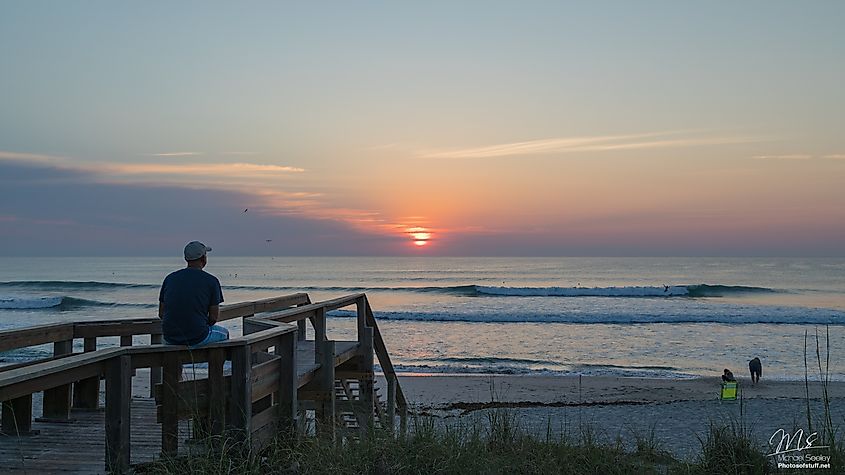
Satellite Beach sits on a narrow barrier island between the Indian River Lagoon and the Atlantic Ocean, within sight of Cape Canaveral’s launch trajectory. Established in the 1950s to support the growing aerospace sector, the city remains residential in structure, with low commercial density and fewer than 12,000 residents. Over the past five years, violent crime rates, particularly aggravated assault and homicide, have remained consistently below both Florida and national benchmarks, according to FBI reporting. The city maintains its own police department and benefits from a contained street grid and limited access points, contributing to stable public safety metrics.
Hightower Beach Park includes a boardwalk built through coastal dune habitat, leading directly to a protected surf break that draws a regular local crowd. Pelican Beach Park, located off A1A, hosts city-run events and includes shaded pavilions used year-round. The Satellite Beach Library, at 751 Jamaica Blvd, offers public programs and shares green space with a community garden. Morning Glory Eatery at 1753 Hwy A1A serves acai bowls and espresso, often to runners and cyclists,
Lake Mary
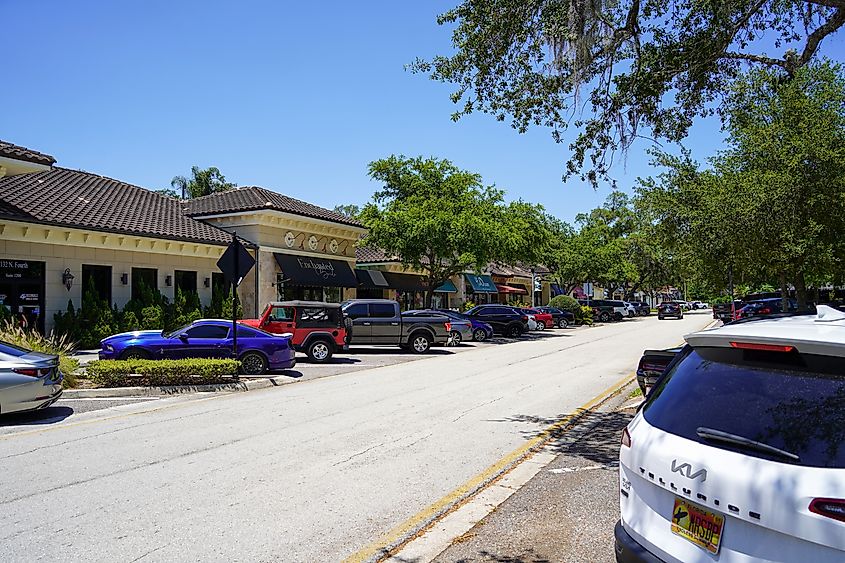
Lake Mary developed around a citrus packing plant and a rail stop, but its current footprint is shaped by its status as a commuter hub for tech and finance workers along the I-4 corridor. Despite its proximity to Orlando, the city has a population under 17,000 and reports consistently low violent crime rates, with aggravated assault and homicide figures well below state and national levels across a five-year trend. Lake Mary maintains its own accredited police department, and the city's master-planned layout, with multiple residential zones buffered by commercial and green space, limits through traffic and supports long-term public safety.
The Lake Mary Farmers Market, held every Saturday at Central Park near City Hall, features local produce, baked goods, and small-batch vendors in a walkable downtown square. Trailhead Park connects to the 14-mile Seminole Wekiva Trail and offers access to shaded cycling routes and fitness stations. The Lake Mary Museum, located in the old Chamber of Commerce building, documents the city's transition from orange groves to planned development through photos, plats, and local oral histories. Foxtail Coffee Co., inside Orlando Health Lake Mary at 380 Rinehart Rd, serves cold brew and pastries in a storefront adjacent to coworking offices and a SunRail stop, drawing both residents and weekday commuters.
Winter Springs
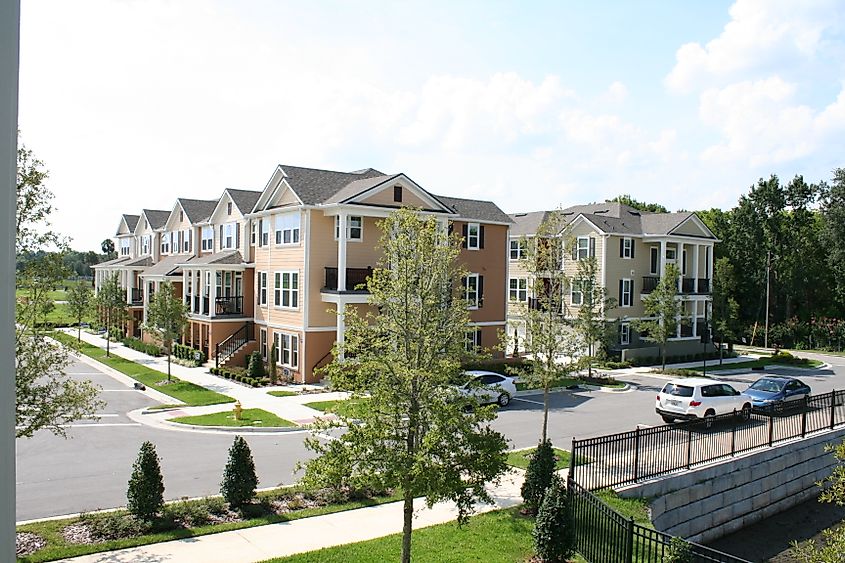
Winter Springs is one of the only cities in Seminole County where much of the original longleaf pine flatwoods have been preserved within city boundaries. The town’s western edge follows the Econlockhatchee River basin, and several residential developments are built around nature preserves instead of commercial corridors. With a population under 40,000 and a full-service police department, Winter Springs maintains violent crime rates that have remained steadily below state and national levels for aggravated assault and homicide over the last five years. The city's infrastructure favors neighborhood loops and trail systems over major through roads, reducing transient traffic and reinforcing safety metrics.
Central Winds Park anchors the community with 103 acres of sports fields, wooded trails, and access to Lake Jesup’s shoreline. The park also connects to the Cross Seminole Trail, a paved greenway that spans over 20 miles and links to regional trail systems. The Town Center area includes Spill Wine & Beer Bar (1196 Tree Swallow Dr #1314), which hosts live music five days a week and carries 100+ wines by the bottle.
Key Biscayne
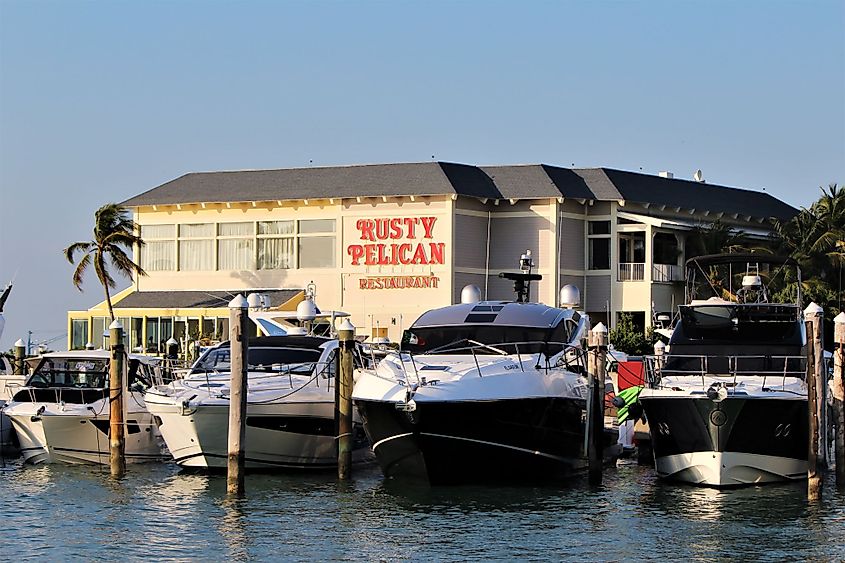
Key Biscayne is built entirely on a barrier island and connected to mainland Miami by a single causeway, making it one of the most geographically isolated incorporated towns in South Florida. Originally developed as a coconut plantation, the town now maintains a population under 15,000 and operates its own fully staffed police department. Over the last five years, Key Biscayne has reported violent crime rates, particularly aggravated assault and homicide, that remain significantly lower than both Florida and U.S. averages. The lack of cut-through traffic, limited commercial zoning, and well-established residential codes contribute to its consistent public safety profile.
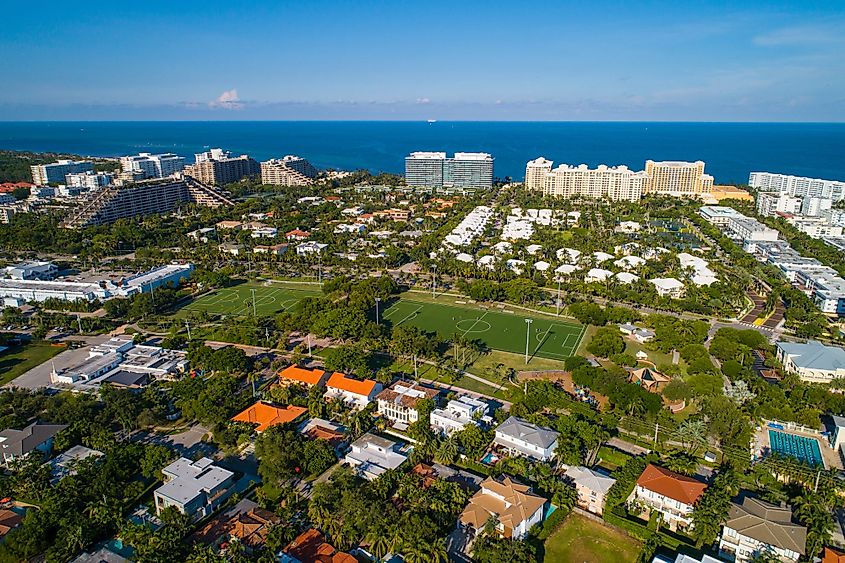
Bill Baggs Cape Florida State Park covers the island’s southern tip and includes the Cape Florida Lighthouse, which dates back to 1825 and is the oldest standing structure in Miami-Dade County. Crandon Park, on the north end, offers beach access, a marina, and the Bear Cut Preserve nature trails. Key Biscayne Yacht Club, a members-only marina founded in 1955, anchors much of the island’s boating and sailing culture. The Golden Hog Market on Crandon Boulevard serves prepared foods, imported groceries, and espresso in a compact corner market format used by both residents and construction crews working on limited redevelopment projects across the island.
Lighthouse Point
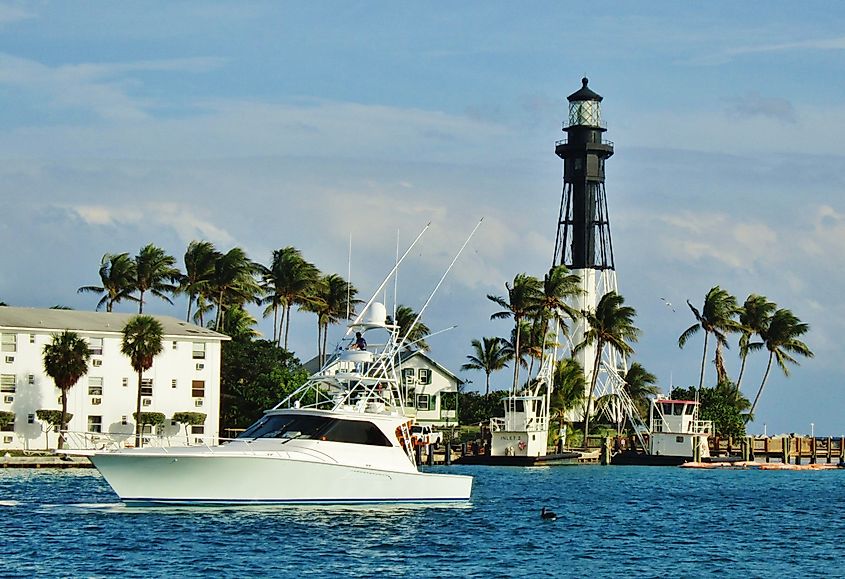
Lighthouse Point is one of the only cities in South Florida designed almost entirely around an inland canal system, with over 18 miles of residential waterways despite being just 2.5 square miles in size. It is bordered on the east by the Intracoastal Waterway but remains entirely residential except for two small commercial zones. The city has a population under 12,000 and operates its own police department with full jurisdiction. Over a five-year period, FBI and state data show consistently low rates of aggravated assault and zero or near-zero homicides, well below Florida and national averages. Most streets end in cul-de-sacs or loops, limiting non-resident traffic and reinforcing neighborhood security.
Dan Witt Park, managed by the city, includes tennis courts, a baseball field, and shaded walking paths used year-round by residents. The Lighthouse Point Yacht Club, founded in 1960, serves as a private marina, dining venue, and social hub along the Grand Canal. Off Federal Highway, Le Bistro offers fixed-course French menus inside a converted cottage and operates a small cooking school on-site. Sicilian Oven, located on North Federal, is a family-run pizza kitchen that draws regulars from surrounding neighborhoods and is known for its coal-fired eggplant and fennel sausage pies.
Across Florida, safety in small communities isn’t accidental; it’s engineered through geography, access limits, and clear municipal priorities. These nine towns pair low violent-crime rates with predictable street networks, active policing, and amenities that don’t demand big-city trade-offs. Beaches, trails, and historic main streets nearby; interstates and airports still nearby. The result is calm without isolation, routine without monotony, a civic structure resilient to shocks, neighborhoods built to stay that way.
